Why is it that journalists reporting on a science story so often feel compelled to generate a headline that exaggerates if not actually fabricates a catastrophe that we cannot avoid and will be lucky to survive. Then when you read the story you find out that the danger is something that may not happen for the next thousand or more years, or maybe not at all! The worst part is that the story itself may be very interesting, you just feel cheated because of the alarmist headline.
The latest such doomsday inexorably coming towards us is a collision between our Milky Way galaxy and the Large Magellanic Cloud (LMC), the Milky Way’s largest and best known satellite galaxy, see image below. A recent paper from Durham University’s Institute for Computational Cosmology indicates that the LMC is loosing energy as it orbits the Milky Way and it is only a matter of time before the cloud is devoured by the larger galaxy.
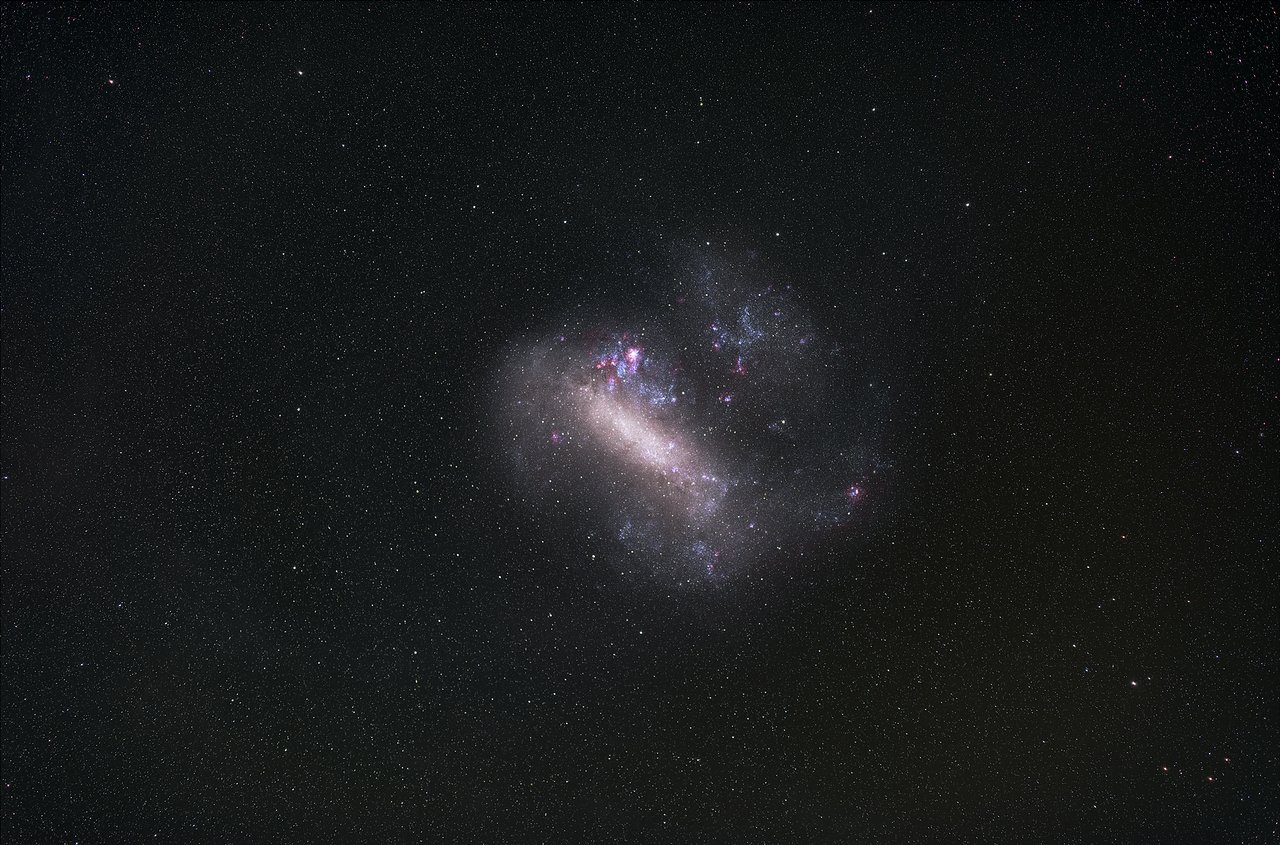
Because the it can only be seen from the southern hemisphere the LMC isn’t as well known as some of the constellations seen in the northern hemisphere such as the Big Dipper, Orion or Cassiopeia. In fact the LMC is a much larger object about 14,000 Light-years in size and having a mass of some 10 billion times the mass of the Sun, making it about 1/100th the mass of the Milky Way!
Now the news articles go on to describe in chilling details the destruction that could result from the collision including entire solar systems, maybe even ours, being hurled into the emptiness of intergalactic space. And those that remain behind won’t be spared either, for the supermassive black hole at the center the Milky Way will be reawakened as an active galactic nuclei, better known as a quasar, spewing extremely powerful jets of radiation into space.
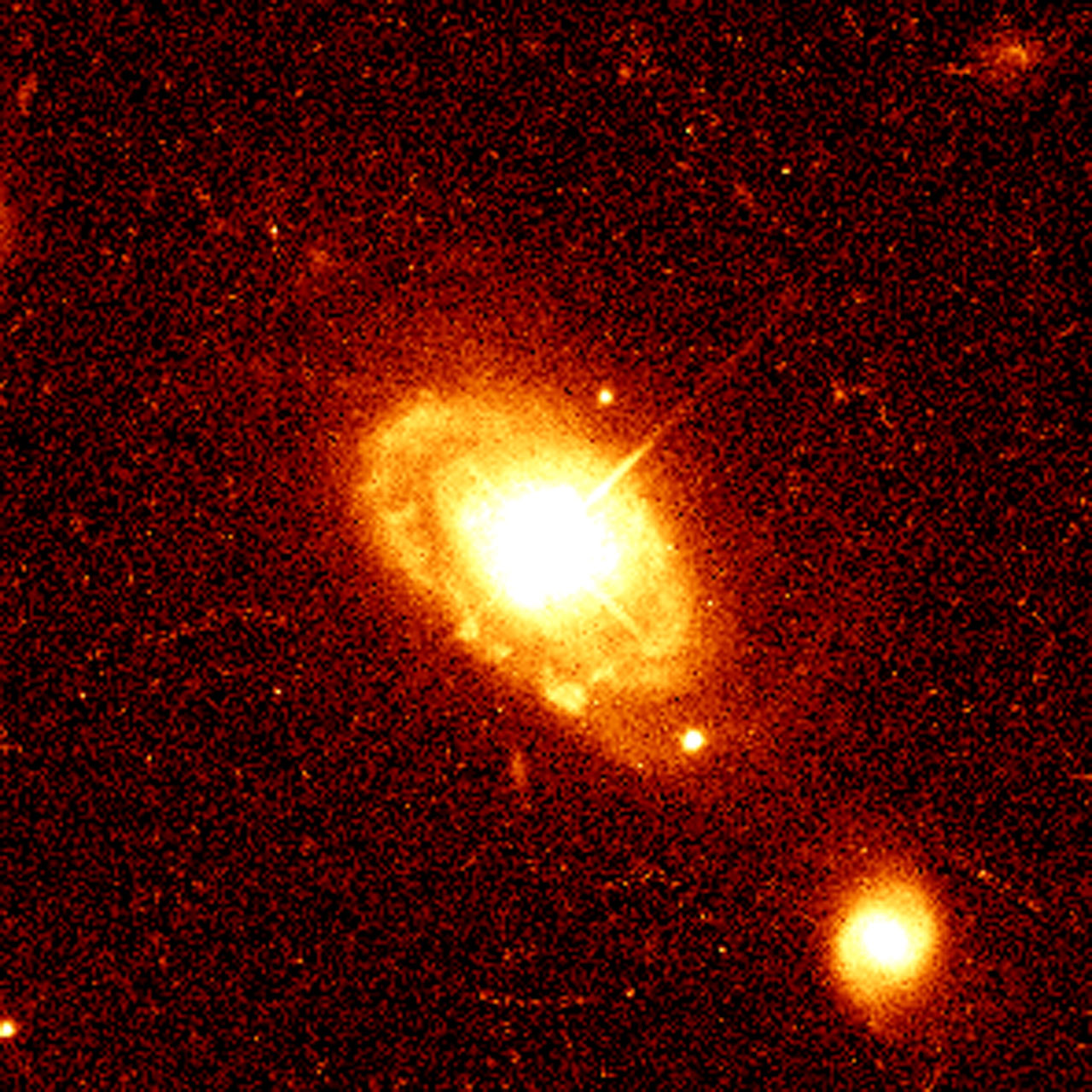

Now before you panic the Milky Way is really big, about 100,000 light years across. This means that light itself would take 100,000 years to cross it so any other event, like a collision with the Large Magellanic Cloud, is going to take many thousands if not millions of years to have any actual effect. In fact the authors of the study, Carlos Frenk and Marius Cautun estimate that the collision between the LMC and our galaxy will not even occur for another two billion years!
More interesting is the idea that such collisions are actually common occurrences throughout the universe, astronomers have observed many of them with their telescopes, see image below. In fact there are several different theories of galactic evolution that assume that mergers and adsorptions are the driving force of change generating the different types of galaxies we see.
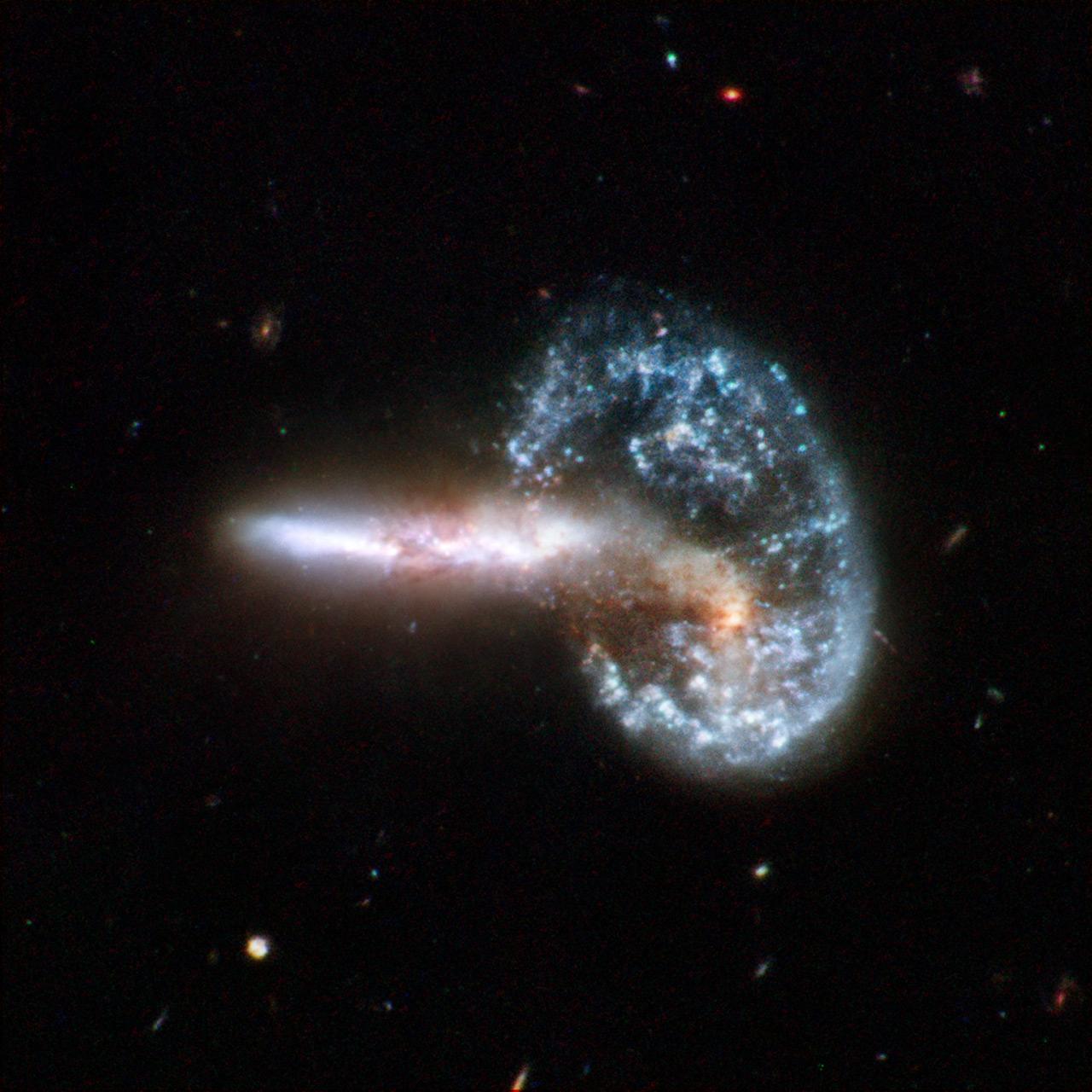
In fact it is probably such collisions that produce the well known spiral arms that many galaxies possess. Looking at the image below of the famous Whirlpool Galaxy you might think that the galaxy must be rotating in a counterclockwise direction because of the way the spiral arms curve. Actually the spiral arms have no bearing on the direction of rotation of the galaxy. They are in fact pressure waves set up by a collision with a smaller galaxy that appears as a bright blob on the right hand side outside the whirlpool proper. In a sense the collision has caused to whirlpool galaxy to ring like a bell!
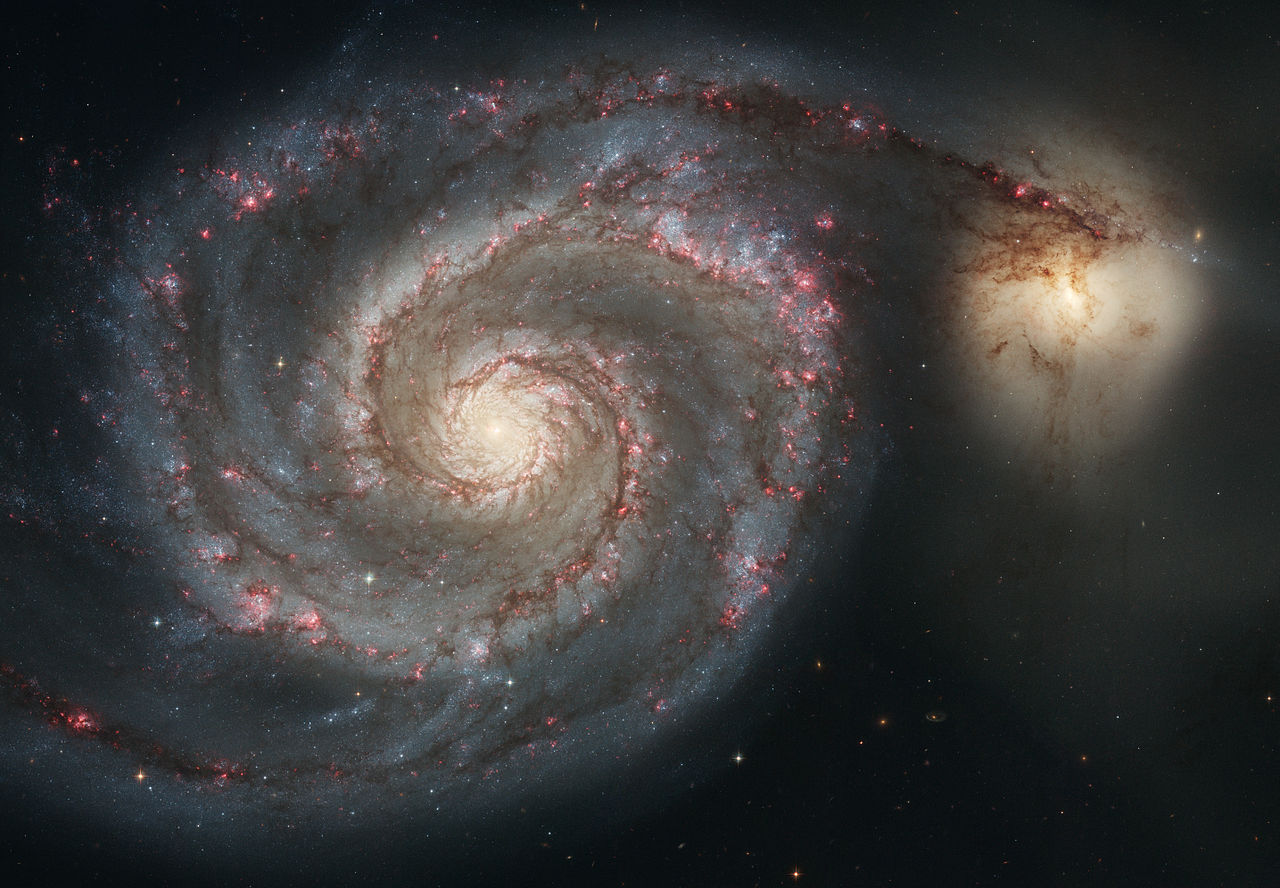
Collisions between galaxies are actually some of the most titanic events in the entire universe, involving hundreds of billions of stars but they also take place very slowly, over billions of years. Because of this they can hardly be considered dangerous to creatures as short lived as we poor humans, no matter how hard some reporters might try to make that seem!
Before I go I’d like to take a moment to update a story I discussed in my post of only a week ago ( see post of 19 January 2019). One of the stories in that post concerned scientists who had learned the secret of the massively expanding slime balls produced by hagfish as a defensive mechanism. Then, just a few days ago I came across another story about the best ever preserved fossil of a hagfish that been found by paleontologists at the University of Chicago. See image below.
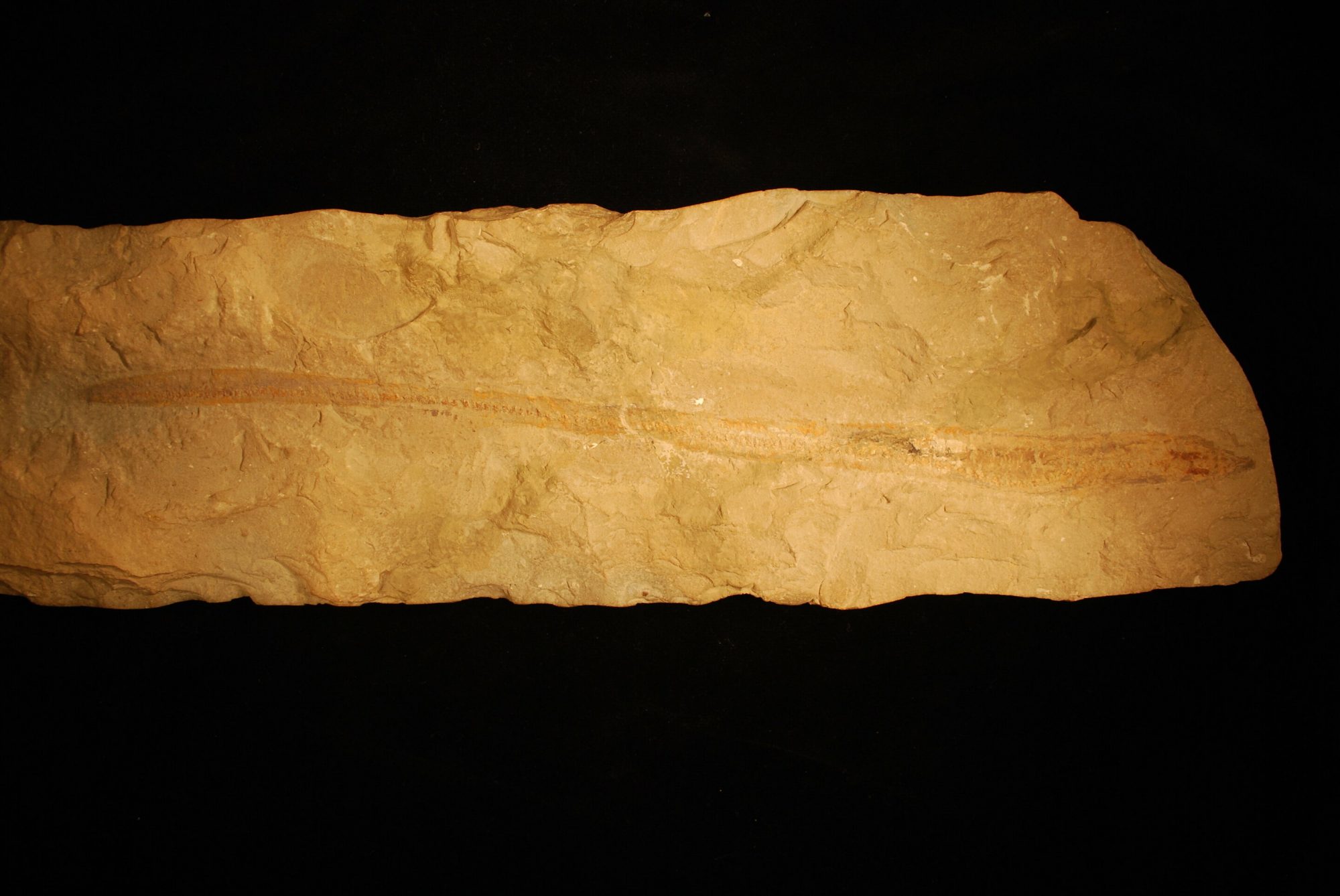
Hagfish rarely fossilize because instead of true bones their skeleton is made of softer cartilage. The fossil of the hagfish was positively identified by the chemical traces of keratin around the fossil. Keratin is a major component of the hagfish’s slime.
Of course it’s just a coincidence that the two, unrelated stories should occur within a couple of weeks of each other. Nevertheless it does illustrate how science serves as a framework to link and support the work of scientists around the world as they seek to learn the secrets of the universe.
